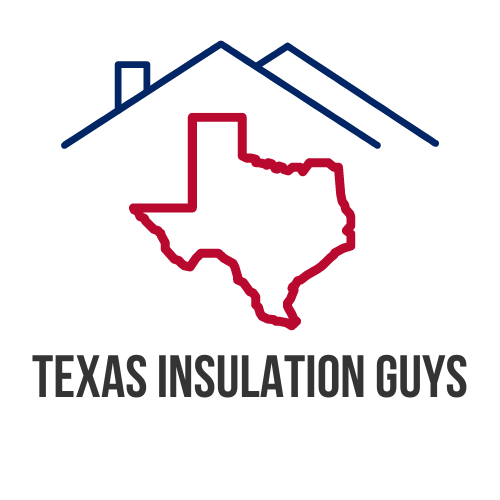In the context of home construction and maintenance, the importance of proper insulation cannot be overstated. It’s the hidden hero that maintains our indoor comfort, reduces energy consumption, and significantly impacts our utility bills. Two popular types often come into discussion when considering an upgrade or installation: spray foam and fiberglass. Both have unique characteristics, benefits, and potential drawbacks. In this article, we’ll delve into a comprehensive comparison of spray foam and fiberglass insulation, aiming to provide you with the necessary insights to make an informed decision.
Diving Deeper into Spray Foam Insulation
In the vast universe of insulation materials, spray foam stands out due to its unique composition and application. This innovative solution is created from a blend of isocyanate and polyol resin. Once these two components come into contact, they react, expanding exponentially to create a foam that solidifies into a robust insulating layer. This expanding characteristic allows it to reach even the smallest crevices, providing comprehensive coverage, and making it an excellent choice for complex structures or difficult-to-reach areas.
Pros and Cons
One of its notable advantages is its high R-value, which denotes its resistance to heat flow. In essence, a higher R-value translates to superior performance.
However, there are a few points to consider before opting for spray foam. The cost, for one, is typically higher than that of fiberglass. The installation process, which necessitates professional assistance, can add to this cost. Furthermore, if done incorrectly, the result could lead to gaps, diminishing its insulating ability. Lastly, it’s important to note the use of chemicals in this type of installation, which, though generally safe if installed properly, can raise health concerns for some individuals.
Delving into Fiberglass Insulation
Shifting the focus to fiberglass, this material has enjoyed a long history in the industry and has consistently proven its worth. Constructed from incredibly fine glass fibers, it offers a versatile solution to various needs. It’s usually found in two forms – batts and loose-fill, catering to different installation areas and methods. Batts are pre-cut sections designed to fit between studs, joists, and beams, while loose fill is perfect for covering irregular spaces or areas around obstructions. With its proven track record and widespread use, fiberglass has cemented itself as a reliable and cost-effective choice.
Advantages and Disadvantages
One of the primary advantages of this type is its affordability. Coupled with a relatively straightforward installation process, it’s an attractive option for many homeowners.
However, compared to spray foam, fiberglass has a lower R-value, meaning it might not provide the same level of thermal resistance. Also, it can irritate the skin and respiratory system during installation, so appropriate protective gear is necessary.
Insulation and Air-Sealing Capabilities
It’s also crucial to examine the air-sealing capabilities of these two insulation types. Spray foam excels in this aspect, filling and sealing gaps in the building envelope to prevent air leaks. On the other hand, fiberglass doesn’t offer the same level of air sealing, which could potentially contribute to higher energy costs over time.
In conclusion, both of these types have their merits. While spray foam offers superior insulating and air-sealing properties, it comes with a heftier price tag and requires professional installation. Fiberglass, on the other hand, is more affordable and simpler to install but may not provide the same level of insulation or air sealing.
When deciding between these two options, it’s important to consider your specific needs, budget, and potential long-term energy savings. Consulting with a professional in the field can prove invaluable, helping you make an informed choice that suits your home and lifestyle best. So if you are in theor around Abilene, TX, give Texas Insulation guys a call for the professional help you need.

